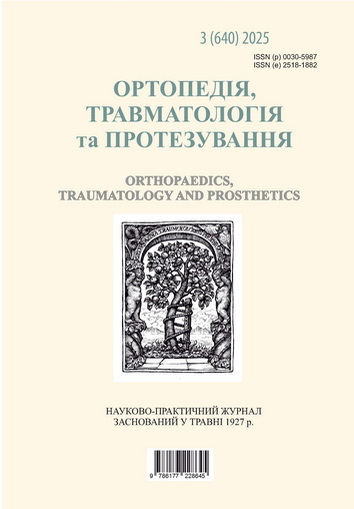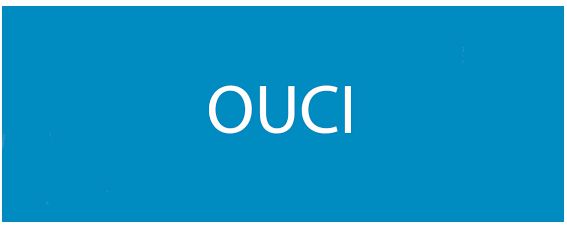DYNAMICS OF BIOCHEMICAL MARKERS OF BONE METABOLISM IN PATIENTS WITH SEGMENTAL BONE DEFECTS TREATED WITH THE MASQUELET TECHNIQUE
DOI:
https://doi.org/10.15674/0030-59872025320-25Keywords:
Segmental defect, induced membrane, osteogenesis, biochemical markers, bone metabolismAbstract
Segmental bone defects represent a complex clinical challenge in reconstructive orthopedics, etiologically associated with high-energy trauma, oncological resections, and osteomyelitic processes. The two-stage Masquelet technique with induced membrane formation demonstrates high efficacy in reconstructing critical-size bone defects, however, the molecular biochemical mechanisms of reparative osteogenesis during its application remain insufficiently investigated. Objective. To evaluate the dynamics of biochemical markers of bone metabolism in patients with segmental defects of long tubular bones during treatment using the induced membrane (Masquelet) technique in order to determine the metabolic characteristics of osteogenesis and to optimize bone regeneration. Methods. The study included 85 patients aged 18 to 65 years. The experimental group consisted of 44 patients with segmental bone defects, while the control group comprised 41 patients with low-energy fractures. Biochemical markers such as alkaline phosphatase, osteocalcin, β-CrossLaps, calcium, phosphorus, and parathyroid hormone were analyzed. Results. Before treatment, significant abnormalities in bone metabolism markers were observed in the experimental group: elevated alkaline phosphatase (175.45 ± 46.2) U/L, osteocalcin (53.70 ± 12.4) ng/mL, β-CrossLaps (0.949 ± 0.271) ng/mL. Following treatment, 75-92 % of patients demonstrated normalization of biochemical parameters, indicating stimulation of reparative osteogenesis. Conclusions. The Masquelet technique effectively stimulates bone regeneration in segmental defects, as confirmed by the normalization of biochemical markers. Comprehensive biochemical monitoring can serve as a valuable tool for assessing treatment efficacy.
Downloads
How to Cite
Issue
Section
License
Copyright (c) 2025 Sadrudin Magomedov, Yuriy Polyachenko, Andrii Kalashnikov, Yurii Litun, Larysa Polishchuk

This work is licensed under a Creative Commons Attribution 4.0 International License.
The authors retain the right of authorship of their manuscript and pass the journal the right of the first publication of this article, which automatically become available from the date of publication under the terms of Creative Commons Attribution License, which allows others to freely distribute the published manuscript with mandatory linking to authors of the original research and the first publication of this one in this journal.
Authors have the right to enter into a separate supplemental agreement on the additional non-exclusive distribution of manuscript in the form in which it was published by the journal (i.e. to put work in electronic storage of an institution or publish as a part of the book) while maintaining the reference to the first publication of the manuscript in this journal.
The editorial policy of the journal allows authors and encourages manuscript accommodation online (i.e. in storage of an institution or on the personal websites) as before submission of the manuscript to the editorial office, and during its editorial processing because it contributes to productive scientific discussion and positively affects the efficiency and dynamics of the published manuscript citation (see The Effect of Open Access).














